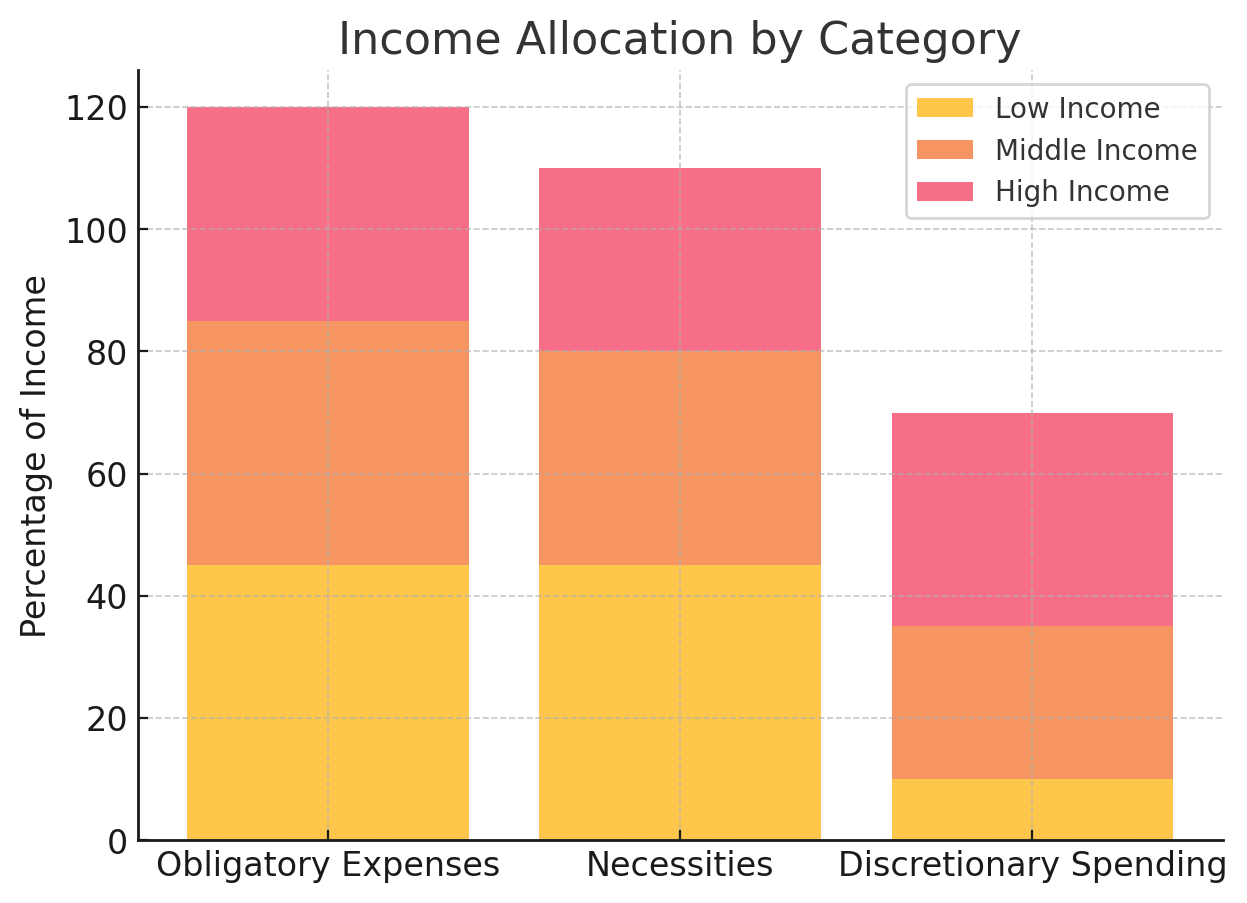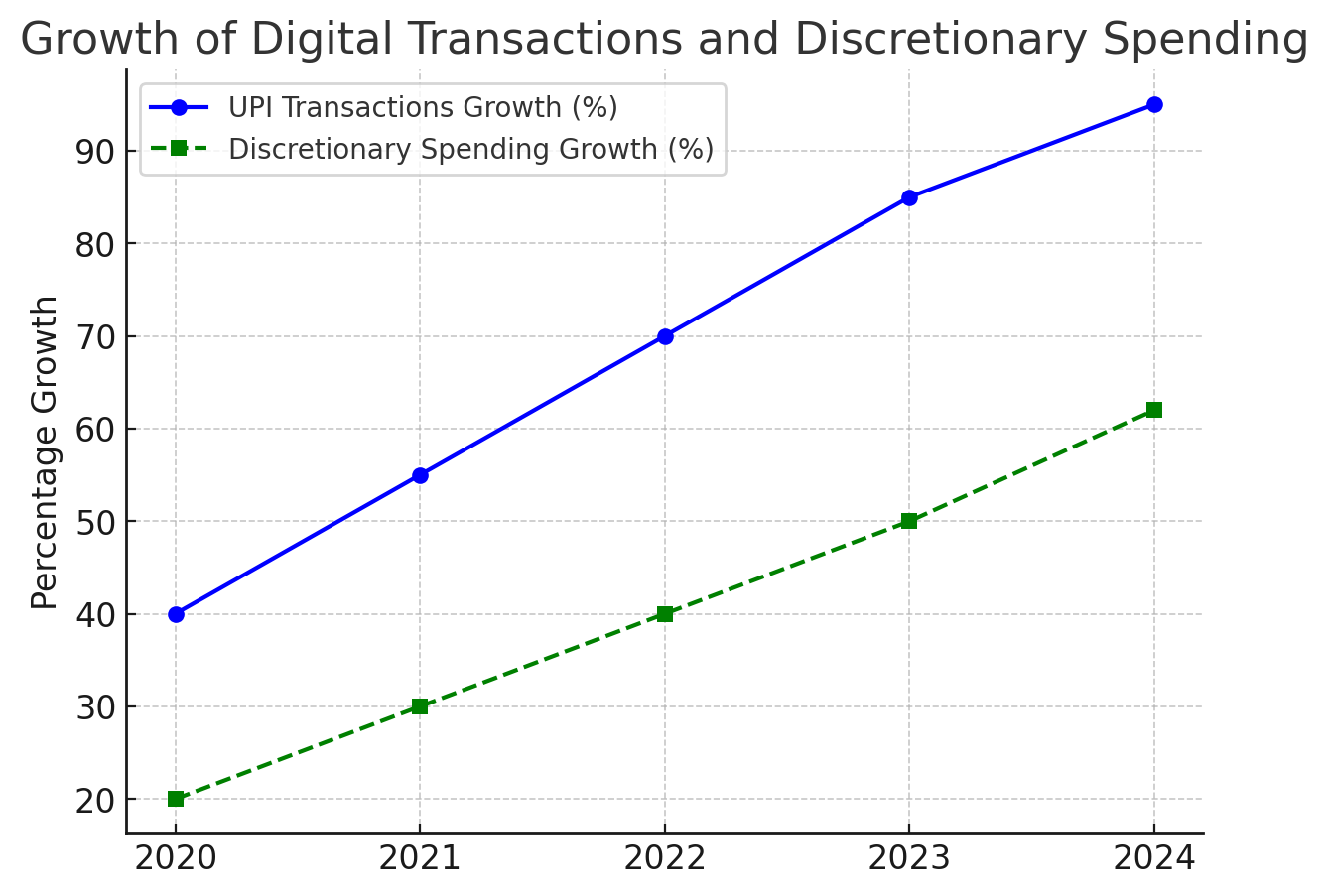
How India Spends: Key Consumer Insights and What It Means for Your Finances

India’s consumer spending patterns are evolving rapidly, shaped by income levels, digital payments, and changing lifestyles. A recent report by Perfios and PwC India, "How India Spends: A Deep Dive into Consumer Spending Behaviour," provides valuable insights into how different income groups allocate their earnings. Understanding these trends can help individuals and businesses make informed financial decisions.
Down Consumer Spending
The report categorizes expenditures into three primary areas:
- Obligatory Expenses (e.g., loan EMIs, rent, and insurance): 39%
- Necessities (e.g., groceries, utilities, transportation): 32%
- Discretionary Spending (e.g., shopping, dining out, entertainment): 29%: 39%
Among these, one striking trend is that over 33% of Indian consumers’ earnings go toward loan repayments, with high-income earners allocating up to 46% to EMIs. This highlights the increasing reliance on credit and structured financial planning.
Spending Habits by Income Group
- Lower-income earners prioritize essential needs and debt repayment, leaving little room for discretionary spending.
- Middle-income earners balance necessities with lifestyle purchases, including travel, dining, and personal care.
- High-income earners spend significantly on loans and investments, with 33% of their income directed toward discretionary expenses.

Emerging Trends in Consumer Behavior
- Rise of Digital Payments: UPI has become the preferred mode for transactions, while ECS is mainly used for loan and EMI payments.
- Growth in Lifestyle Spending: 62% of discretionary expenses go toward fashion and personal care.
- Regional Differences: Tier-2 city residents spend 4.5% more on rent and 20% more on healthcare than those in Tier-1 cities.
- Increase in Online Gaming Expenses: 22% of entry-level earners make gaming-related transactions, compared to 12% of high-income earners.
- Higher Dining Expenditure: As income rises, individuals tend to spend more on eating out and ordering in.

What This Means for Your Financial Health
With a large portion of income going toward loan repayments, managing debt smartly is crucial. Consumers should explore options that offer flexibility, lower interest rates, and minimal financial stress. This is where Quicklend can help—by offering instant loans against mutual funds, ensuring access to liquidity without disrupting long-term investments.
Key Takeaways
Understanding how India spends is essential for making strategic financial choices. Whether it’s controlling discretionary spending, optimizing loan repayments, or leveraging alternative credit options, the key is to maintain a balanced approach.
For those seeking hassle-free credit solutions, Quicklend provides instant loans at competitive interest rates. Learn more about how you can make smarter financial decisions by visiting Quicklend.



